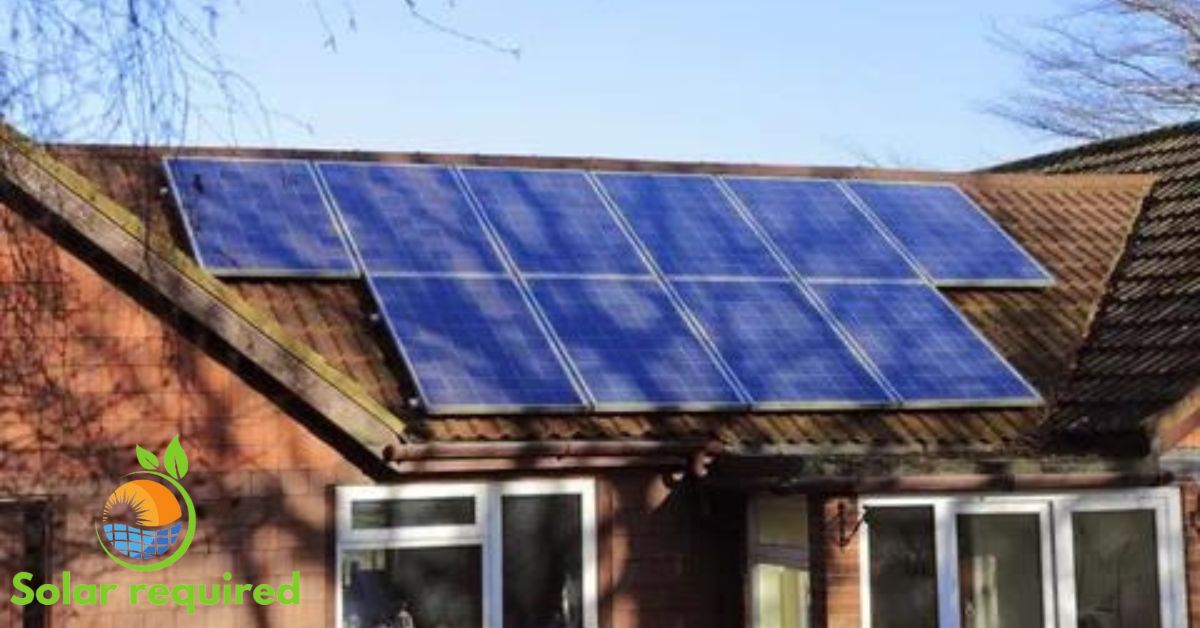Solar energy has become a staple in the shift towards renewable energy sources. However, a critical challenge can greatly hurt solar panel efficiency and output. The challenge is shading. Shading can come from many sources.
These include nearby trees, buildings, or debris on the panels. But trees can be beneficial as learned in this article. Understanding and fixing shading issues is crucial. They are a concern for homeowners, businesses, and solar professionals. These groups aim to maximize solar panel efficiency.
How shade affects solar panel performance
Solar panel performance can be significantly affected by shading. Even a tiny amount of shading can cause the “partial shading effect” to occur on a solar panel. This effect reduces the power output of the entire solar panel system.
The reason for the partial shade effect is that solar panels are usually wired in series. The shade on one panel impacts the whole string. It lowers the current flow and thus the power output. This phenomenon may cause a big energy output decline. It would lower the solar panel system’s efficiency.
Identify Shading Issues
The amount of shade that solar panels receive varies with the time of day and season. To correctly detect problems with shading:
Perform a Shading Evaluation
Employ devices such as a solar pathfinder. Make use of shading analysis software. With the aid of these tools, you can map out the patterns of shadows cast on your panels year-round.
Visual Examination
Examine the location regularly. Keep an eye out for any waste, growing plants, or new structures that might provide shade.
Monitoring Performance
Keep an eye on your solar panels’ performance with monitoring software or system logs. A drop in output, whether abrupt or gradual, maybe a sign of shading issues. Here are expert tips to protect solar panels in winter.
Temperature Variation
Shaded panels may operate at a lower temperature than panels in direct sunlight. Use a thermal imaging camera to identify any temperature variations across your solar array.
Some Solutions for Solar Panel Shading Issues

1. Strategic Placement
The optimal solution is to avoid shading altogether by carefully selecting the installation site. During the planning phase make sure to place the panels in locations that have minimal or no shading throughout the day.
2. Trimming or Removing Obstructions
For shading caused by vegetation trimming trees or bushes can significantly reduce the impact. If buildings shade the panels consider moving them to a sunnier spot.
3. Technology Integration
Attach microinverters to each panel. Unlike traditional inverters that manage the output of all panels microinverters allow each panel to operate independently. Even if shading covers one panel it does not impact the overall system performance.
Power optimizers are like microinverters. Each panel has them installed to maximize efficiency. They do this by doing maximum power point tracking (MPPT) at the panel level. They reduce shading’s impact. This lets each panel contribute its full power to the system.
4. Regular Maintenance and Cleaning
Debris, dust, and snow can cause shading as well. Implement a routine cleaning schedule to ensure panels are free from materials that could block sunlight.
5. Tilt and Orientation Adjustments
Adjusting the tilt and orientation of your solar panels can also reduce shading effects. This is especially true for low-angle sun in winter. This approach requires a careful balance. You must maximize exposure to sunlight and minimize shading.
6. Bypass Diodes
Several solar cells joined in series make up a solar panel. When shadow covers a cell it can significantly reduce the panel’s total power output. Electronic devices called bypass diodes are mounted inside solar panels. They function as a sort of switch that permits electricity to pass through underperforming or shaded cells. This minimizes the effect of shade on the whole solar panel system. It lets the rest of the panel keep making power well.
7. Smart Panel Technologies
Certain solar panels have cutting-edge technologies built in to maximize performance, particularly in cloudy environments. These panels could have complex algorithms and integrated sensors. The algorithms modify the panel’s settings. They do this when the sensors see shading on the panel. For example to make lots of power even when shaded the panel may change its voltage or current. These clever traits let solar panels work better even in partial shade. They boost the whole system’s performance.
8. Virtual Shading Analysis
It’s critical to evaluate any possible shadowing concerns at the location before putting in solar panels. Sophisticated software tools are used. They simulate shading patterns from day to year in virtual shading analysis. The algorithms may produce precise forecasts. They predict how shade will hurt solar panels.
They use inputs like location, building and tree orientation, and solar panel tilt. This analysis maximizes sun exposure and minimizes shading effects. It helps find the best place and orientation for the panels. This stage is crucial for solar project design. It ensures the solar panel system’s long-term performance and efficiency.


